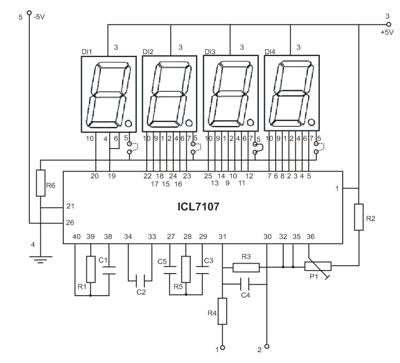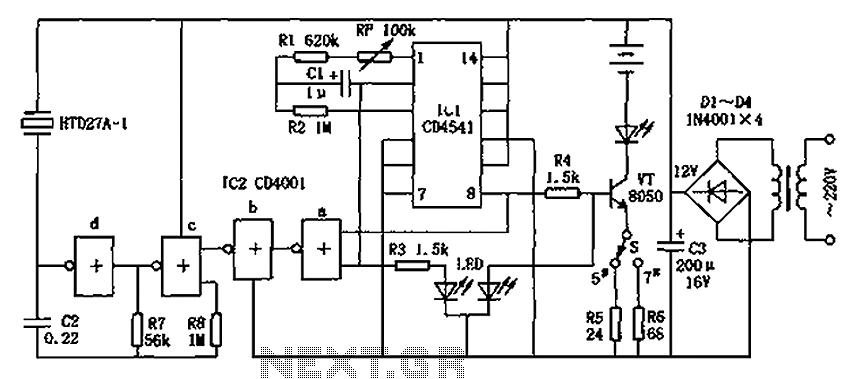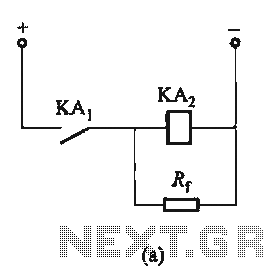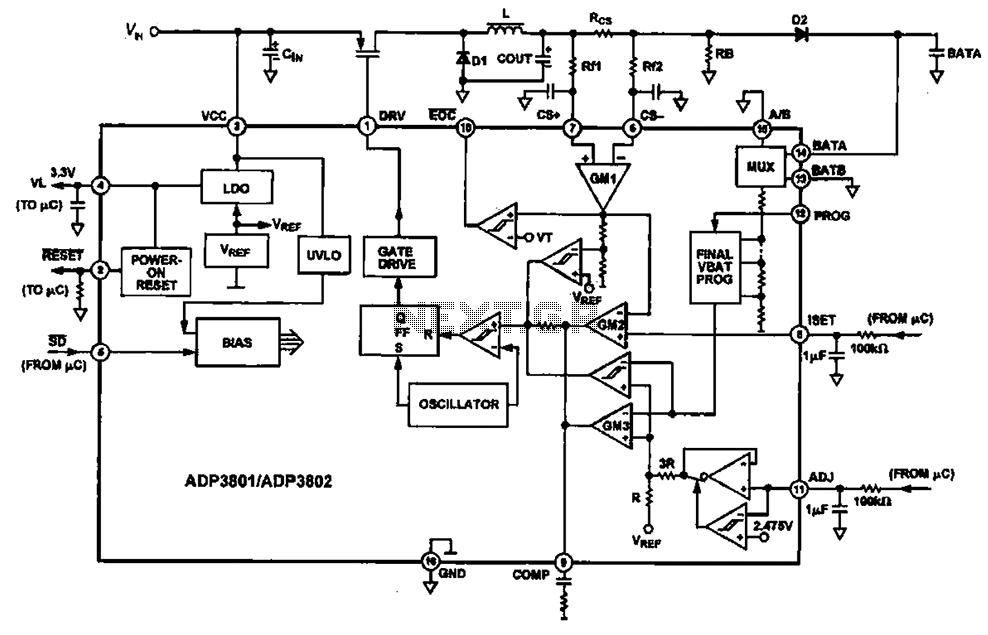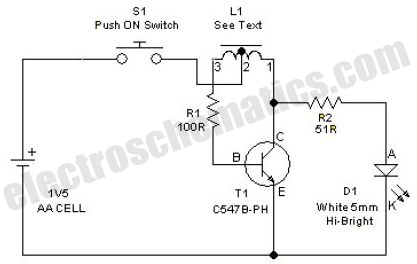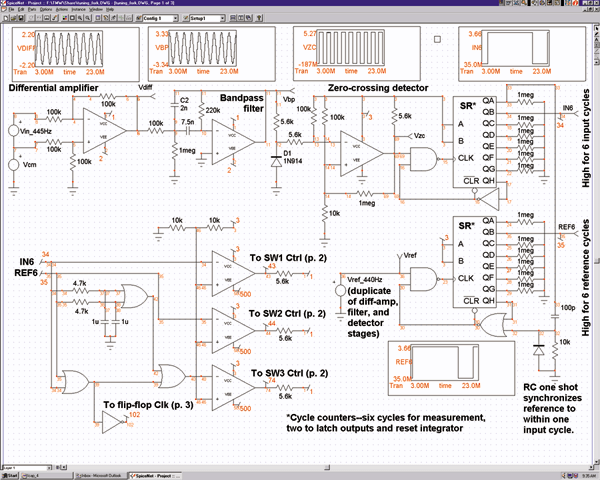
12v led lamp circuit
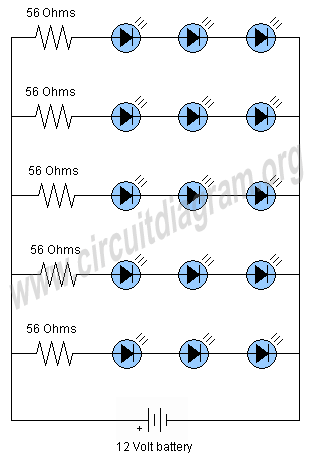
This project involves a 12V LED lamp circuit that is notably simple. The circuit comprises five resistors and fifteen super bright white 5mm LEDs, which are readily available at low prices. It is compatible with any type of 12-volt battery, including car batteries. The circuit has been tested using a 4.5AH lead-acid battery, functioning effectively as an emergency light source and providing extended backup. After continuous operation of 2 to 3 hours daily over several days, the battery voltage measured 9 volts on a digital multimeter.
The 12V LED lamp circuit is designed to provide efficient illumination through the use of super bright white 5mm LEDs. The circuit's simplicity is one of its key features, making it accessible for hobbyists and engineers alike. The configuration includes five resistors, which are used to limit current and ensure that the LEDs operate within their specified voltage and current ratings, thereby enhancing their lifespan and performance.
The circuit operates on a 12-volt power supply, which can be sourced from various types of batteries, including standard lead-acid batteries, which are commonly found in automotive applications. The ability to function with a car battery adds to the versatility of this circuit, allowing it to be used in a variety of settings, such as emergency lighting during power outages or as a portable light source.
In practical testing, the circuit was powered by a 4.5AH lead-acid battery, demonstrating its capability to serve as a reliable emergency light. The performance was notable, with the circuit providing illumination for several days under continuous use of 2 to 3 hours each day. After this duration, the battery voltage was recorded at 9 volts, indicating that the circuit effectively utilized the battery's capacity while still maintaining operational efficiency.
This LED lamp circuit is an excellent example of how simple electronic components can be combined to create a functional and cost-effective lighting solution. Its straightforward design allows for easy assembly and troubleshooting, making it an ideal project for those looking to gain practical experience in electronics.A very useful project of a 12V LED Lamp circuit. This led circuit is very simple consist of 5 resistors and 15 super bright white 5mm LEDs which are easily available now a days on very cheap prices. You can use any type of 12 volt battery with this circuit. You can also use this lamp circuit with car battery. The circuit is tested with 4. 5AH lead acid battery and it served for several days as emergency light circuit and gave a very long back up with only 4. 5AH lead acid battery. After countinous operation of 2 to 3 hours daily for several days the battery showed 9 volts on digital multimeter meter.
🔗 External reference
The 12V LED lamp circuit is designed to provide efficient illumination through the use of super bright white 5mm LEDs. The circuit's simplicity is one of its key features, making it accessible for hobbyists and engineers alike. The configuration includes five resistors, which are used to limit current and ensure that the LEDs operate within their specified voltage and current ratings, thereby enhancing their lifespan and performance.
The circuit operates on a 12-volt power supply, which can be sourced from various types of batteries, including standard lead-acid batteries, which are commonly found in automotive applications. The ability to function with a car battery adds to the versatility of this circuit, allowing it to be used in a variety of settings, such as emergency lighting during power outages or as a portable light source.
In practical testing, the circuit was powered by a 4.5AH lead-acid battery, demonstrating its capability to serve as a reliable emergency light. The performance was notable, with the circuit providing illumination for several days under continuous use of 2 to 3 hours each day. After this duration, the battery voltage was recorded at 9 volts, indicating that the circuit effectively utilized the battery's capacity while still maintaining operational efficiency.
This LED lamp circuit is an excellent example of how simple electronic components can be combined to create a functional and cost-effective lighting solution. Its straightforward design allows for easy assembly and troubleshooting, making it an ideal project for those looking to gain practical experience in electronics.A very useful project of a 12V LED Lamp circuit. This led circuit is very simple consist of 5 resistors and 15 super bright white 5mm LEDs which are easily available now a days on very cheap prices. You can use any type of 12 volt battery with this circuit. You can also use this lamp circuit with car battery. The circuit is tested with 4. 5AH lead acid battery and it served for several days as emergency light circuit and gave a very long back up with only 4. 5AH lead acid battery. After countinous operation of 2 to 3 hours daily for several days the battery showed 9 volts on digital multimeter meter.
🔗 External reference
Warning: include(partials/cookie-banner.php): Failed to open stream: Permission denied in /var/www/html/nextgr/view-circuit.php on line 713
Warning: include(): Failed opening 'partials/cookie-banner.php' for inclusion (include_path='.:/usr/share/php') in /var/www/html/nextgr/view-circuit.php on line 713
